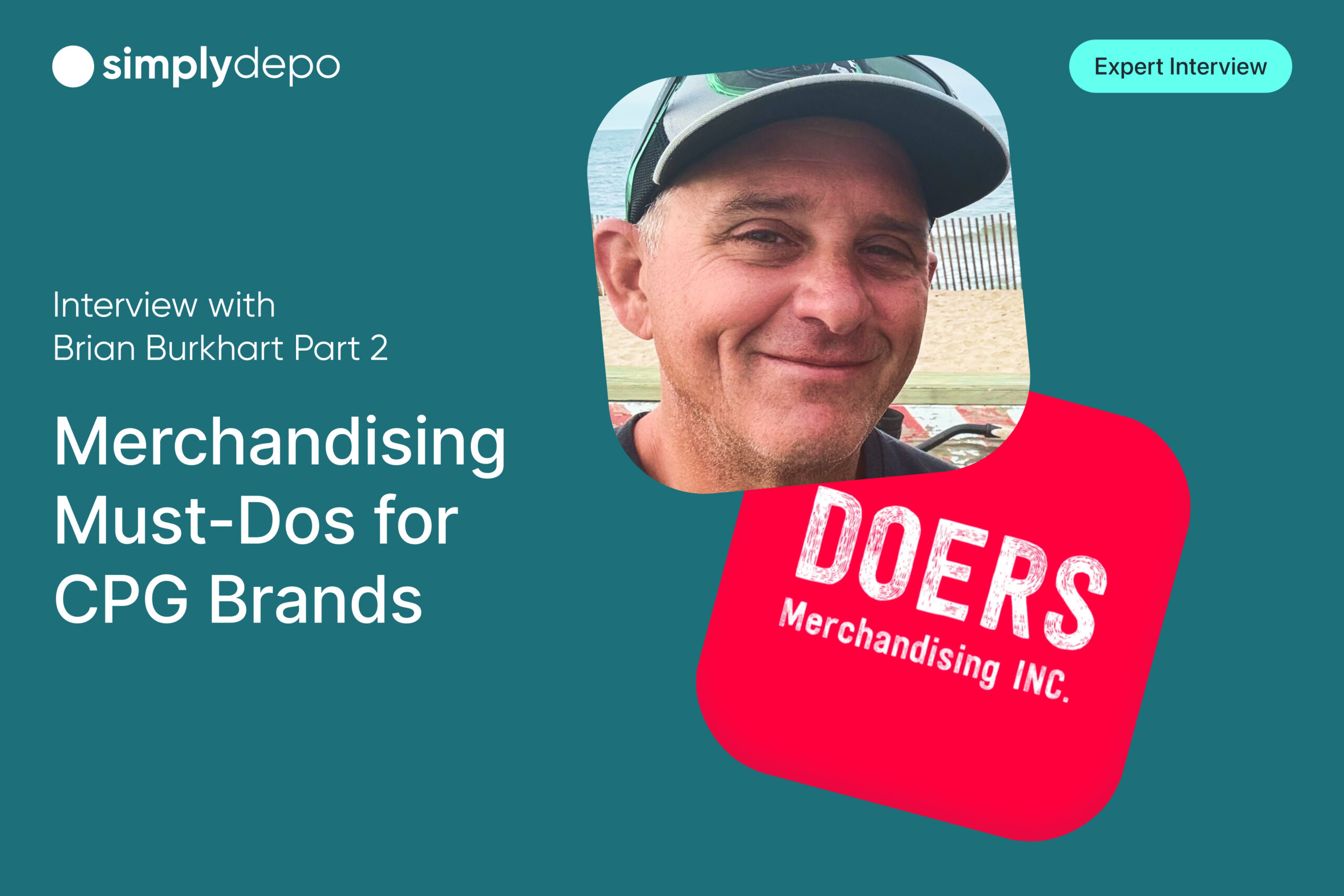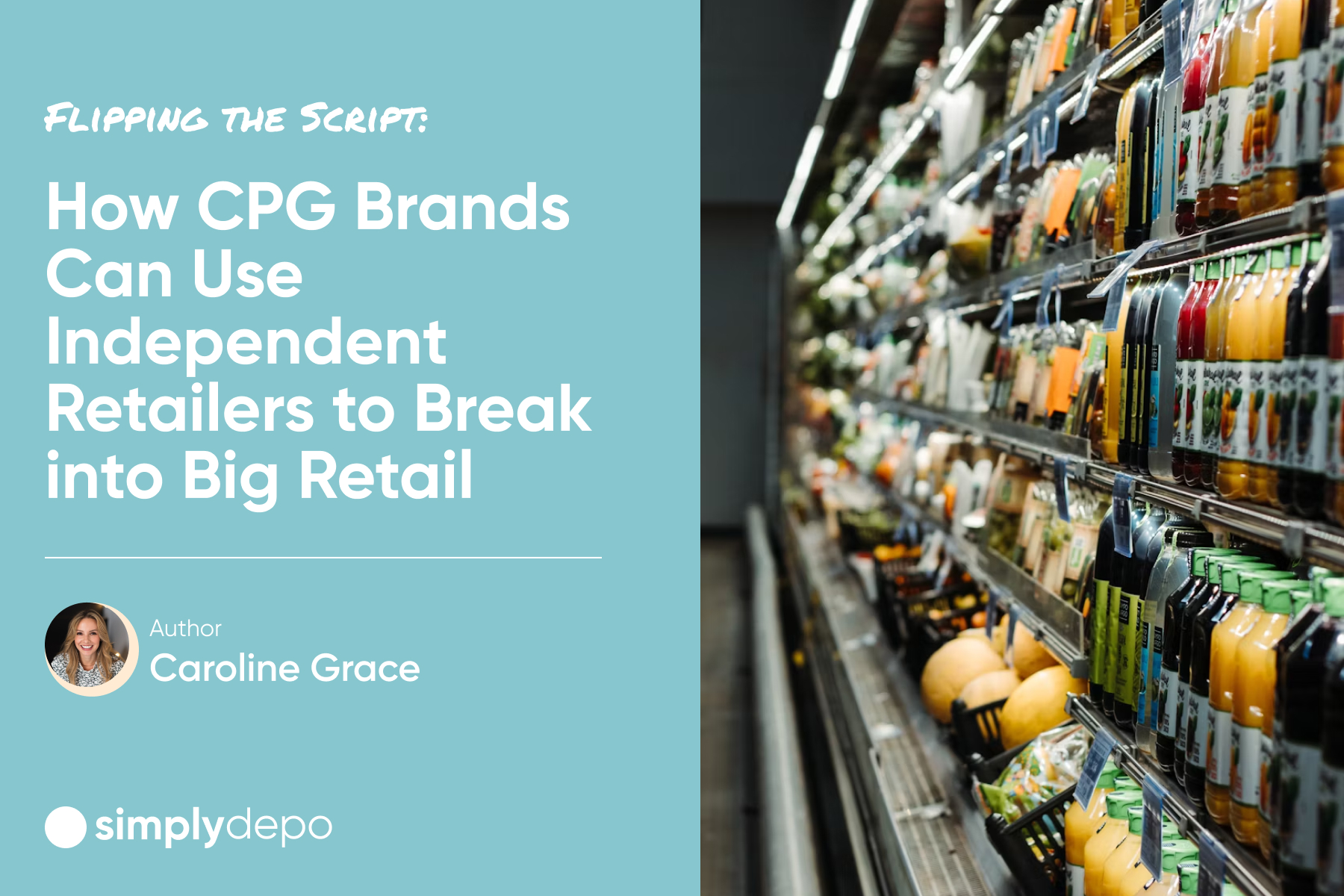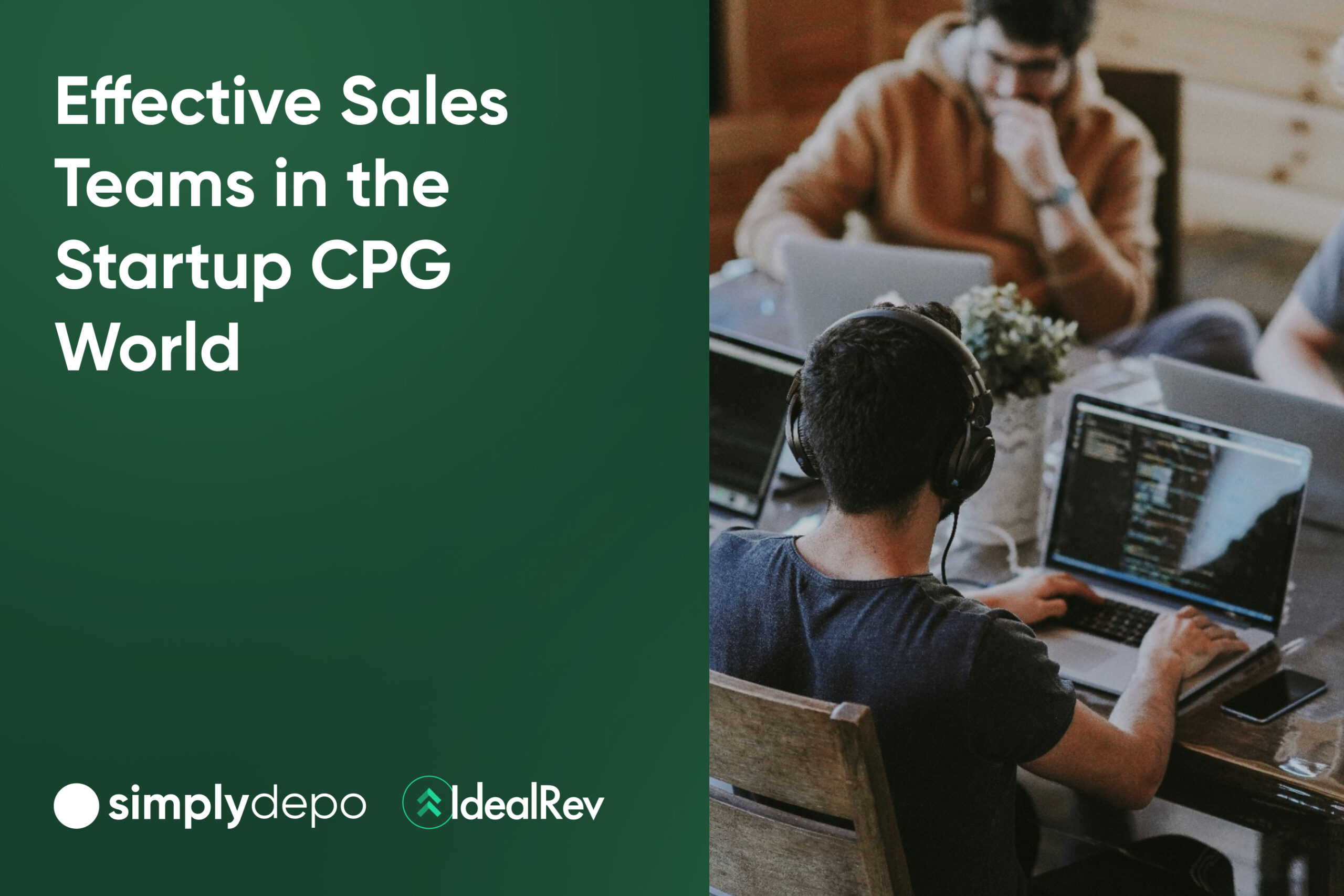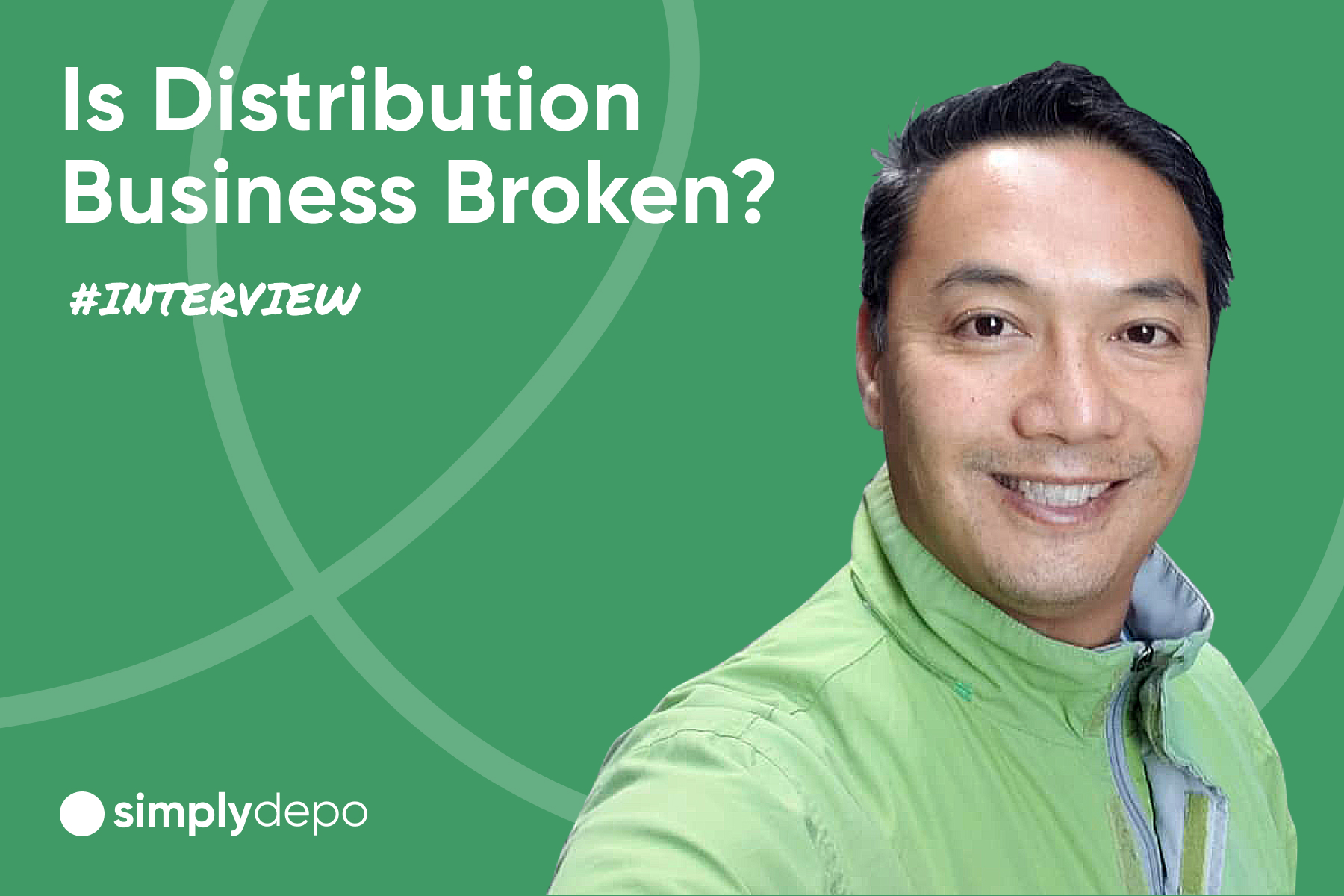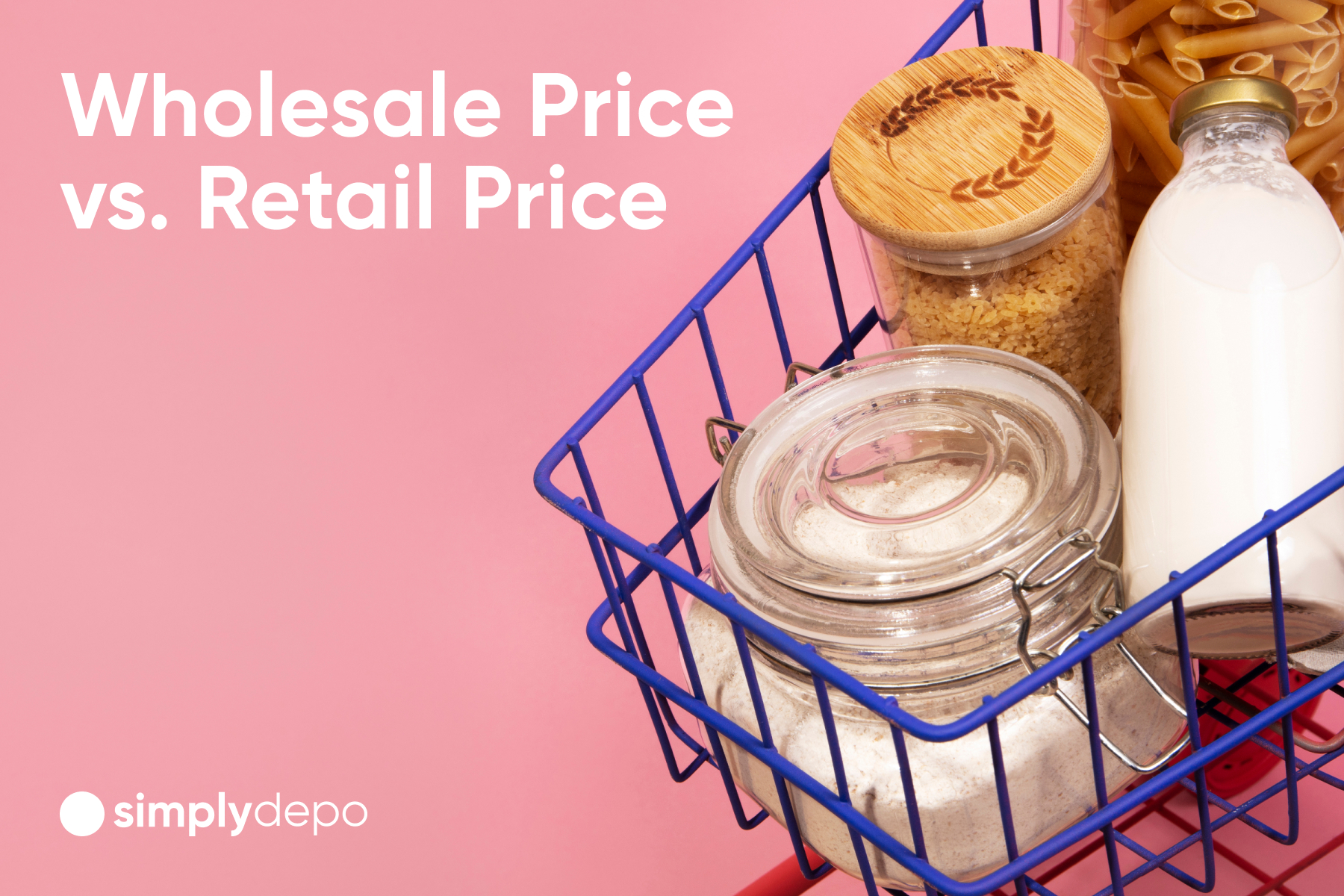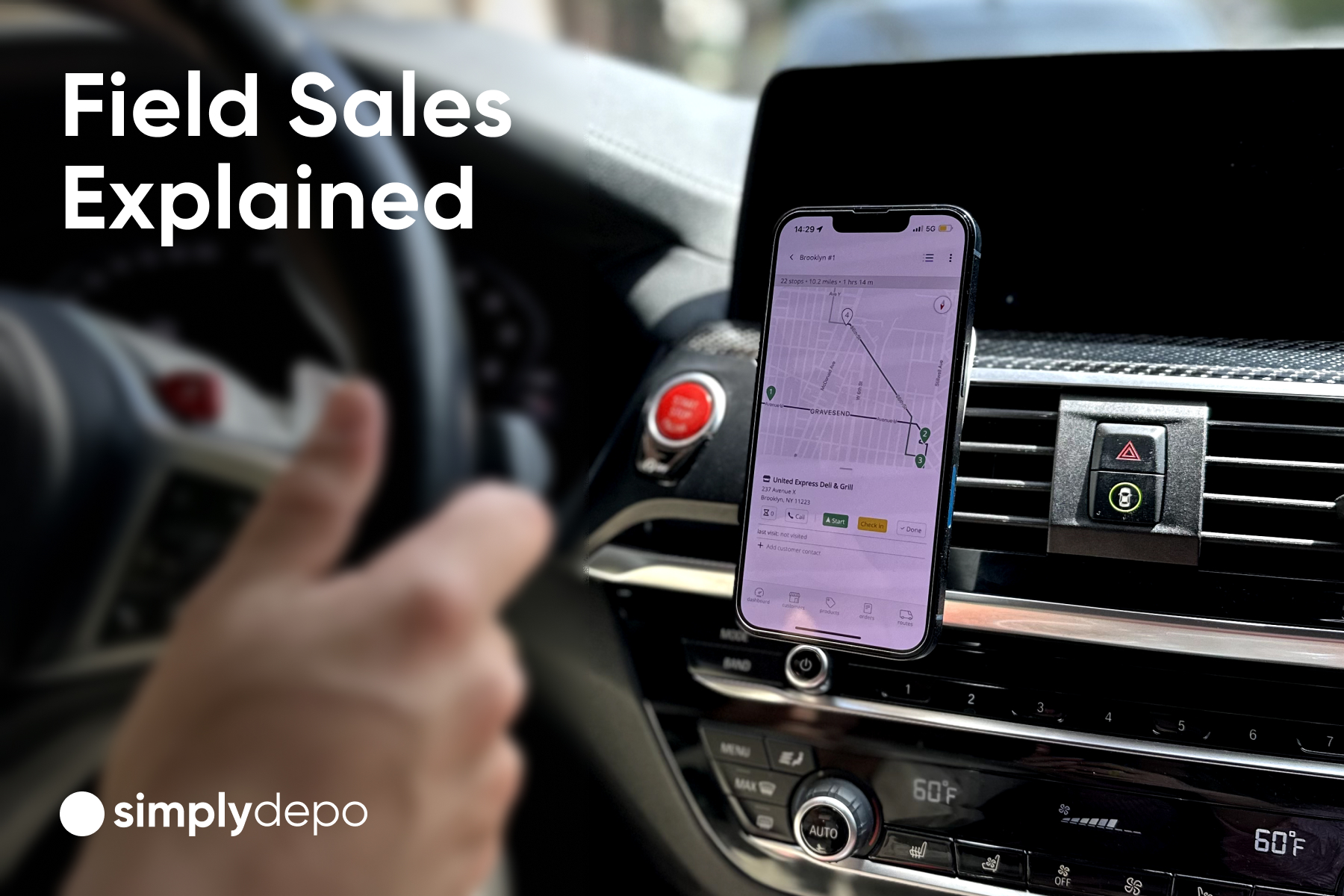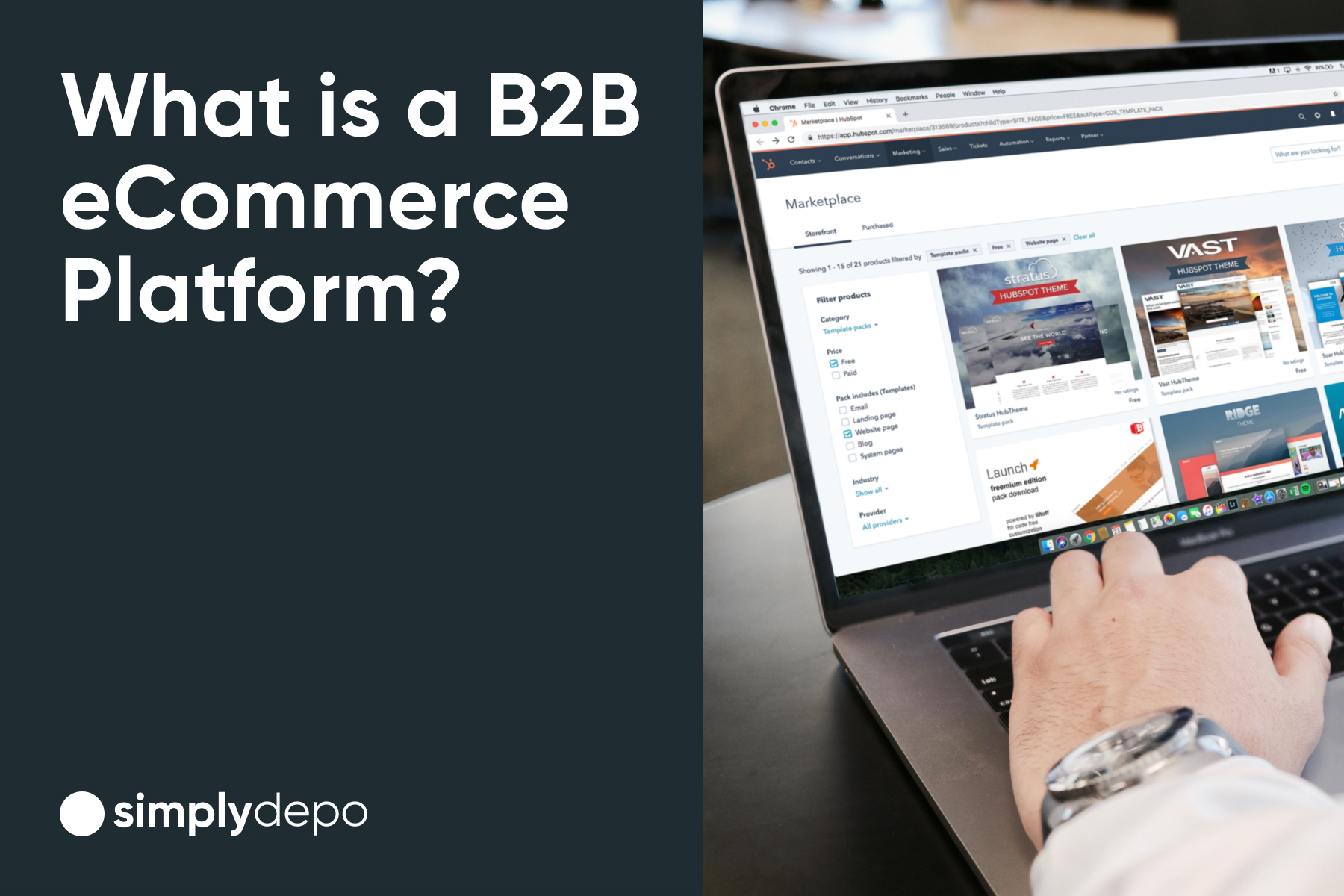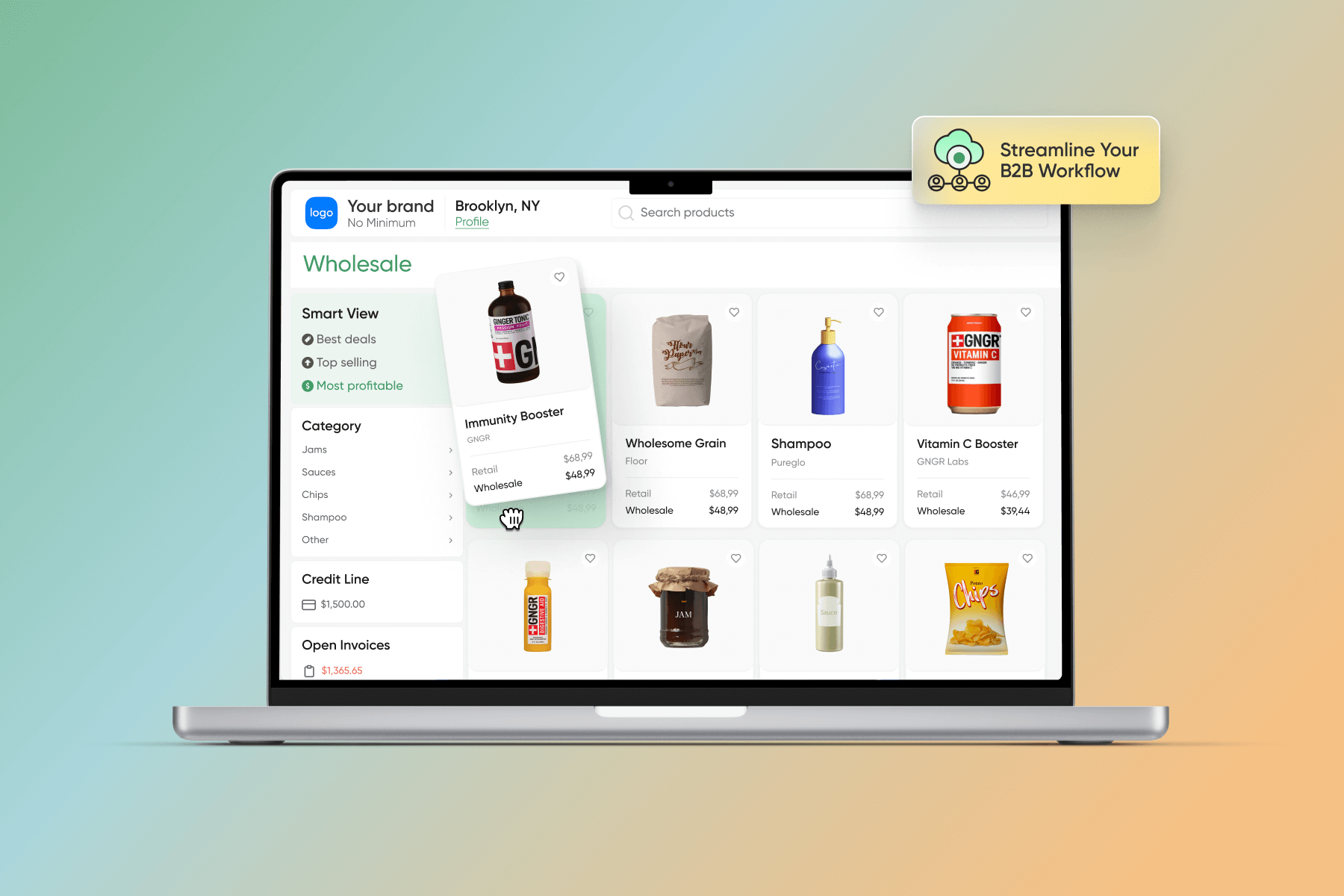Interview with Brian Burkhart, Founder of Doers Merchandising – Part 1
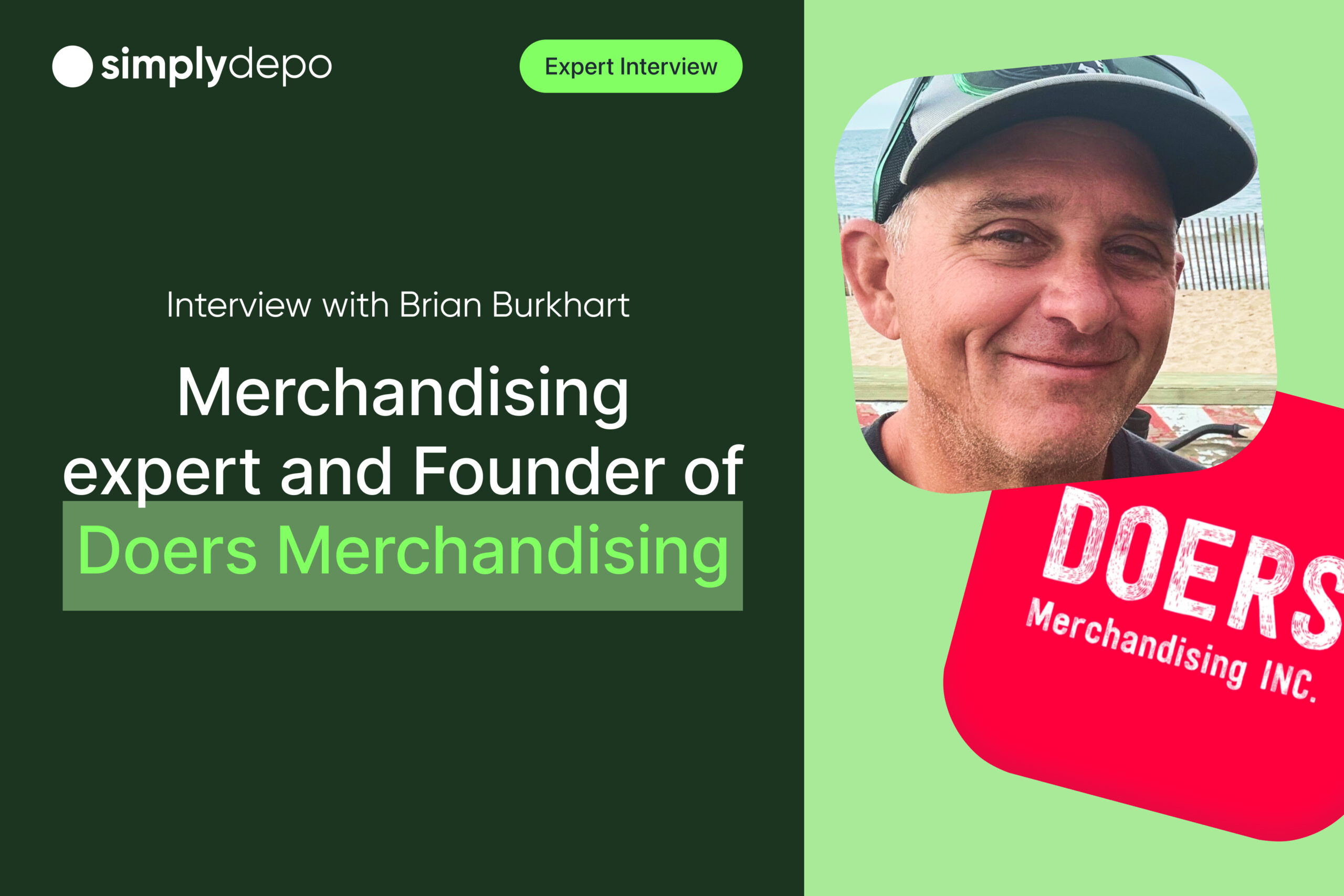
25 years in the NY merchandising industry
In this exclusive interview, Brian Burkhart, founder of Doers Merchandising, delves into his 25-year journey in the merchandising world, offering a firsthand account of the industry’s evolution, the challenges faced by CPG brands, and the role his company plays in bridging critical gaps. In part one, we explore the origins of Doers Merchandising and Brian’s reflections on the most pressing issues within the industry today.
How Doers Merchandising Got Started
Can you share the story of how Doers Merchandising got started? What inspired you to enter the merchandising industry?
Brian: “Great question. I’ve been in the merchandising space for nearly 25 years now. It all started with helping startup brands from the ground up. I connected with some incredible companies, one of the earliest being Red Bull, where I worked for about a decade. After that, I moved between several companies, usually staying three to five years with each. Over time, I grew tired of the volatility — not getting fired due to poor performance but because of factors like leadership changes, companies running out of money, or selling businesses. Eventually, I thought, ‘Why not take the network I’ve built and start something of my own?’
That’s how Doers Merchandising began. We started with one client and, within two years, expanded to managing ten different brands. My approach wasn’t drastically different from what I’d been doing before. The main difference was that I could now support many instead of working for one brand. The need for what we do is huge—brands often fail not because they’re bad products but because they aren’t getting stocked or supported properly in stores. We make sure that doesn’t happen.”
The Role of Doers in Supporting Brands
How does your day-to-day work with brands look? Are you responsible for restocking, marketing materials, and demos?
Brian: “Our approach is a bit unique. We operate as an extension of a brand’s sales team—almost like a contracted area sales manager. Day-to-day, we ensure the product is in the store and on the shelf, following the store’s planogram. We engage with decision-makers and build relationships from the start. We handle shelf orders and backstock management and ensure planogram integrity. We’re not just flipping bottles or taking pictures like your typical merchandisers. Our goal is to increase sales and close voids by keeping the product moving. We also work with CGO systems (Computer Generated Ordering), making sure SKUs are active and on-hand numbers are accurate. It’s a combination of various things, but at the end of the day, we act as the brand’s boots on the ground, driving execution in stores.”
Working with Small CPG Brands
Who are your customers? What kind of brands typically seek your help?
Brian: “Most of our clients are small CPG brands, often under $1 million in revenue. They usually have a core authorization with retailers like Wegmans, Whole Foods, or ShopRite, but they struggle with execution—meaning their products aren’t getting consistently stocked on shelves. For example, we worked with a brand called ‘Half Day Tea‘ that had a Target authorization but struggled to get products on shelves. We solved that, and that led to additional placements in stores like ShopRite and Whole Foods.
Small brands often have this problem: they get the authorization, but the product doesn’t make it onto the shelves consistently. We come in to make sure the product flow is steady, the SKUs are active, and distribution points expand from there.”
Challenges of Scaling Merchandising Efforts
What are the biggest challenges CPG brands face when scaling their merchandising efforts?
Brian: “One of the biggest challenges is the communication gap between the brand and distributors. For instance, we’ve worked with brands that got authorized at a few ShopRite stores but didn’t have proper distribution. We’d placed orders, but the product wouldn’t land on the shelves. It’s often a mix of poor communication and distributors not fulfilling small orders, especially when the product isn’t moving fast enough to meet minimum delivery thresholds. A steady flow of products is key. Without that, brands miss out on opportunities to expand distribution.”
Common Misconceptions About Merchandising
What are some misconceptions brands have about merchandising?
Brian: “A lot of brands come to us expecting immediate off-shelf placements or end caps, thinking they’ll just walk into a store and get prime real estate. But the reality is, in today’s ‘pay-to-play’ environment, you need to pay for those premium spots. Cold placements, racks, end caps—they’re not free. For instance, in some stores, a single foot of shelf space could cost you $1,250, and brands may need two feet across multiple locations. When they see those numbers, it can be a shock. But this is the new reality of merchandising, and many brands struggle to adjust their budgets for it.
I also see misconceptions about what we do versus other merchandising companies. Some brands think we’re like “Dirty Hands” or similar companies that handle 50 brands at a time, rotating products quickly and moving on. At Doers, we take on around 10 brands, so we can spend more time in each store, making sure everything is done right. We don’t just rotate the product—we actively work to close voids, place orders, and ensure every brand gets the attention it needs.”
Value of Merchandising vs. Sales Reps
How does the cost of merchandising compare to hiring sales reps?
Brian: “If you hire a sales rep, you’re looking at a baseline salary of about $50,000, but with insurance, stipends, and other benefits, you’re looking at closer to $75,000. In comparison, merchandising visits could cost as little as $20 per visit, which adds up to just a few thousand dollars a month. It’s a fraction of the cost of a sales rep, and you’re getting consistent, hands-on execution. Every week, we’re in the stores ensuring product placement and sales growth, so the ROI is huge.”
Changes in the Industry
You’ve been in the industry for 25 years—how has it changed during that time?
Brian: “It’s changed a lot. When I started, the traditional approach was to build your brand in the independent channel first, then move on to bigger chains like Target or Walmart. But today, it’s almost the opposite. Brands try to land core authorizations with major chains right off the bat, and then they expand into independent stores. In some markets, like Florida, if you don’t have a chain authorization, distributors won’t even look at you. It’s a real shift in strategy, but for brands, landing that first core authorization is critical to scaling.
New York City is an exception—it’s a market unto itself with a heavy focus on independent stores. But outside of the city, it’s all about chain retail. If you can prove your product performs in the chains, that’s your ticket to further growth.”
Working with Doers Merchandising
Before we wrap up the first part of our interview, what should brands keep in mind when they’re considering working with a merchandising company like Doers?
Brian: “The most important thing is understanding that merchandising is essential for brand survival. It’s not just about getting your product into a store—it’s about keeping it on the shelf, making sure it’s visible, and ensuring it’s always available to the customer. Without that consistent support, even great products can get lost.
And for brands looking to scale, it’s all about creating that steady flow of product from the warehouse to the store. A lot of times, brands underestimate the importance of merchandising, but it’s what keeps the lights on. We’ve seen firsthand how the right merchandising strategy can double or even triple sales in a short amount of time.”


